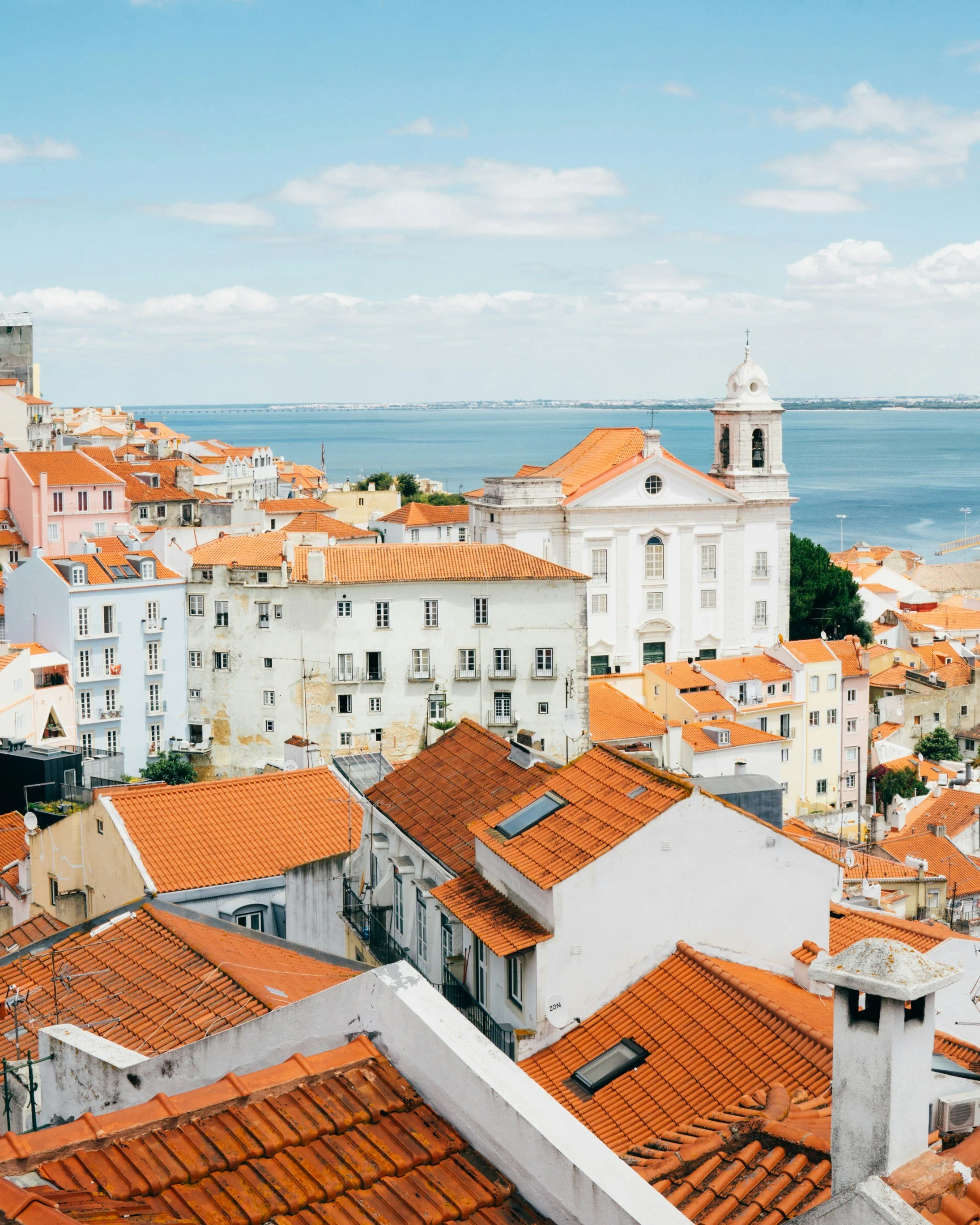Traveling to Egypt, a land steeped in history and culture, offers an unparalleled experience for any traveler. However, navigating the logistics of arriving in a foreign country can be daunting. This is where airport transfers play a crucial role, providing a seamless transition from air travel to local exploration. Ensuring a smooth arrival can set the tone for one’s entire trip, making airport transfers an essential component of travel planning.
The first impression of a country often begins at its airport. In Egypt, major international gateways such as Cairo International Airport, Hurghada Airport, and Sharm El Sheikh Airport welcome millions of travelers each year. Each of these airports serves as a vital entry point into the wonders of Ancient Egypt, from the bustling markets of Cairo to the pristine beaches of the Red Sea. With this influx of visitors, pre-arranging airport transfers becomes increasingly important.
One of the primary benefits of airport transfers is the convenience they offer. After a long flight, the last thing travelers want is to navigate unfamiliar public transportation systems or haggle with taxi drivers. Pre-booked airport transfers eliminate such stress by ensuring that a reliable vehicle awaits the passenger upon arrival. This allows travelers to sit back, relax, and prepare themselves for the adventure ahead.
Cairo by Omar Elsharawy
Additionally, safety is a significant concern for many travelers. Opting for professional transfer services typically means using vetted drivers and well-maintained vehicles. These companies are familiar with local traffic laws and routes, reducing the risk of getting lost or encountering unsafe situations. In a new country, having this assurance can greatly enhance the comfort level of travelers, allowing them to focus on their itinerary rather than logistical worries.
Moreover, the range of transfer options available in Egypt caters to different budgets and preferences. From luxurious private cars to shared shuttle services, travelers can choose what best suits their needs. For families or groups, larger vehicles can accommodate everyone comfortably, while solo travelers might opt for economical solutions. Regardless of the choice, the flexibility provided by these services is invaluable.
In addition to practical benefits, airport transfers also provide an opportunity to absorb the local culture before officially starting the trip. Many transfer services offer guided drives, where drivers act as informal tour guides, sharing insights about the area, suggesting must-see sights, and even recommending local eateries. This not only enriches the travel experience but also helps travelers acclimate to their surroundings more quickly.
Finally, the importance of planning ahead cannot be overstated. Booking airport transfers in advance ensures that there are no last-minute surprises. For example, during peak tourist seasons or holidays, availability can become limited. By reserving transfers ahead of time, travelers can guarantee their mode of transport, thus alleviating any potential stress.
Point 2 Point Transfer offers both individual and group transfers in Egypt.























